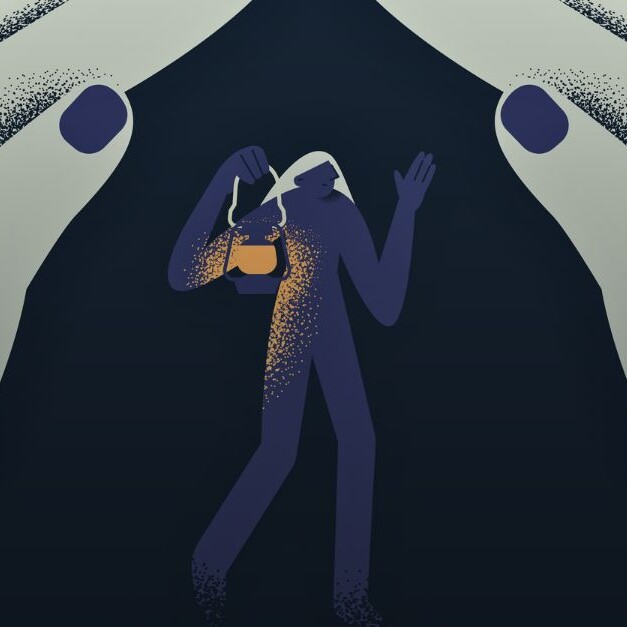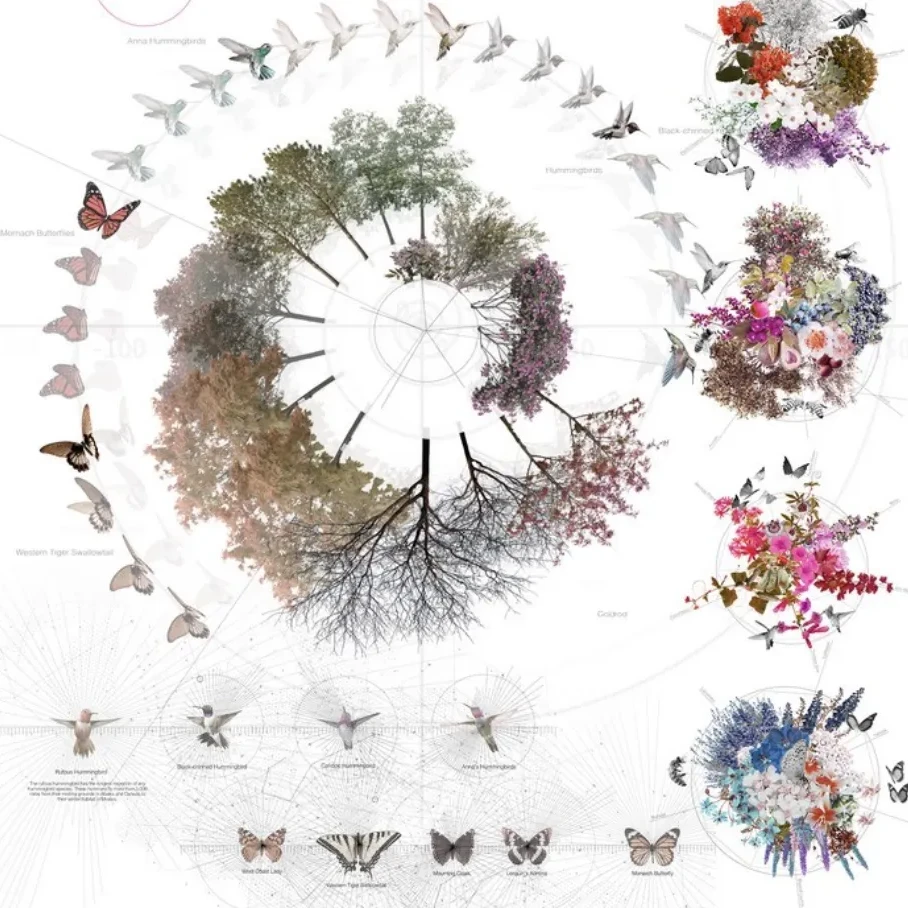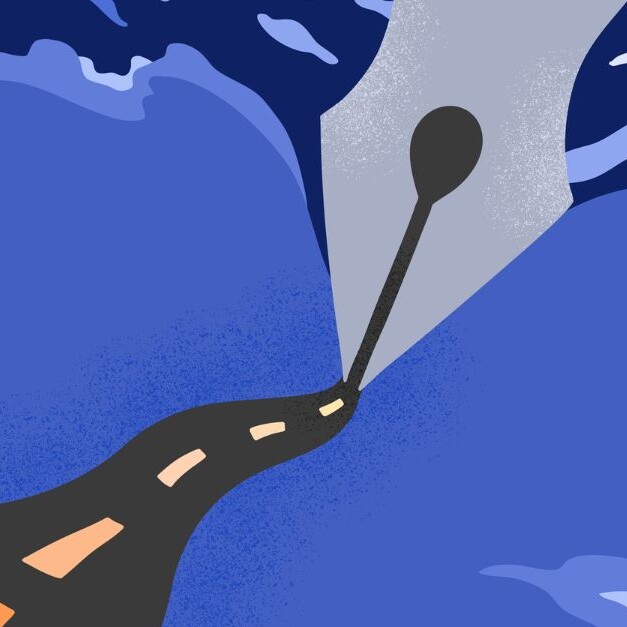by Jen
This post is part of Listening Practices — a series exploring how we attune to the subtle, often unseen signals within systems, relationships, and ourselves. These reflections centre the art of deep listening as a tool for connection, discernment, and care.
Over the past couple of months, I have had the pleasure of connecting with some brilliant minds to talk about our journeys, our work, and what’s been taking up space in our thinking these days. These conversations are part of my ongoing effort to build and deepen relationships with systems thinkers across geographies, disciplines, and sectors.
As each conversation unfolded, I began to notice something curious — a pattern forming. Our shared stories, values, and experiences were gently entangled, stretching across time and space.
A web was revealing itself.
The Emergence of a Web
As I sat with this awareness, I was reminded of a story shared by Siksika Elder Roy Bear Chief — a creation story about Ani to pisi, the spider’s web. In this story, the web is not simply a structure but a living force. It reflects the deep interrelatedness of all beings and the ecosystems we inhabit — land, spirit, people, ancestors.
In many Indigenous worldviews, the spider represents intelligence, patience, and connection. The web is a teacher. It shows us how to be in right relationship — not just one to one, but across the whole — through vibration, responsiveness, and care.
In this moment, I could feel it.
This web I was part of wasn’t confined to one geography or community. It spanned disciplines, experiences, and lifeways.
It offered more than just intellectual resonance — it felt like sanctuary.
A relational field where thinking partners could show up with honesty. Where energy could circulate freely. Where mutual support felt natural, not transactional.
The Vibrations of Relationship
In this web, every new connection sends out a subtle vibration. It reverberates — creating awareness in others, drawing people closer, shifting the field.
These vibrations don’t happen all at once. They’re slow, rhythmic, often imperceptible at first. But over time, they signal something deeper: a presence, an invitation, a remembering.
The spider — the weaver — senses these vibrations instinctively. They know when a new thread is needed, when a strand has gone slack, or when a distant signal is asking for attention. They move with intention, not urgency.
The web itself becomes a form of listening. A relational technology. A network of sensitivity.
Each time a conversation is sparked, an idea is shared, or a connection is rekindled, a ripple moves throughout the web. And often, someone across the web — known or unknown — feels it.
These aren’t just social interactions. They are acts of coherence. Of attunement.
This week, I found myself noticing these vibrations more consciously. Threads from one conversation found their way into another. Insights moved across spaces. Stories echoed between people who hadn’t spoken directly — but were still somehow in dialogue.
The web lives through these resonances.
And the more we listen, the more we feel its shape.
Why the Web Matters — and Why We Weave
The web isn’t only a metaphor — it’s a living structure.
Its architecture gives it integrity. The lines, intersections, and anchoring points determine how energy flows, how people connect, how ideas travel. Without structure, a web collapses under its own weight — or scatters into noise.
The structure matters because it holds space for relationships to form with intention. It creates pathways for integration — across silos, geographies, disciplines. And it creates a sense of belonging, even when people are in very different places.
But a web doesn’t build itself.
There is always a spider.
Or many.
The spider is the weaver — the one who moves slowly and attentively, drawing threads across distance and time. The weaver doesn’t force connection — they invite it. They know how to balance the tension and slack in each strand. They understand that the strength of the web depends not on size, but on relationship between the parts.
In various teachings I have explored, the spider is not just a builder — but a keeper of knowledge, a quiet strategist in service of connection.
In human systems, the weavers are those who sense resonance.
Who follow intuition.
Who carry stories.
Who create conditions for trust.
Weaving is a sacred act.
Not always seen. Often thankless. But essential.
And in a world that often celebrates speed, scale, and outputs — weaving reminds us of the quiet, persistent art of connection.
In this web, there are weavers who movements may go unnoticed but whose presence is felt everywhere. This past week, I traced the threads between five separate people whose ideas, language, and energy mirrored one another – not by chance but by connection.
The more I listened, the more I could sense the web tightening. Conversations braided together. Insights carried across time zones. Stories nested inside one another.
It wasn’t just connection.
It was relational momentum.
What the Web Is Weaving
Together, we are working on something powerful — a constellation of ideas and movements grounded in care, courage, and collective intelligence.
Across its many threads, people are working on:
- community wealth building
- mission-oriented innovation
- sanctuary spaces and belonging
- relational systems thinking
- ethical spaces for co-creation
- redistributed wealth and shared power
- social finance tools like impact bonds
These projects are happening in different regions, sectors, and communities — but the spirit is shared. The web doesn’t dictate what we do. It helps us remember we’re not doing it alone.
And I can’t help but wonder:
What might become possible if we tapped more intentionally into this relational intelligence?
How might it reshape how we collaborate, how we strategize, and how we care?
When the Web Strains, Breaks — or Disappears
But webs are not invincible.
They can stretch. They can fray. They can break.
Sometimes, they can be repaired. Elder Roy Bear Chief has shared that the vibrations in a web teach us to respond — to notice where there’s strain and to come together in care. When trust is shaken or when egos try to control the weave, or when external pressures threaten its integrity, the web can weaken. But repair is possible when there is honesty, humility, and commitment to restore.
And yet, sometimes the web doesn’t just break.
It disappears.
Maybe the people scatter. Maybe harm is too deep. Maybe the energy fades, like the last vibration on a loosened thread.
Sometimes the conditions that held the web no longer exist.
What’s left then is not a call to repair — but a need to grieve.
Grief for what the web held.
Grief for what we thought would last.
Grief for what we dreamed together.
In those moments, we must tend to what remains — the threads within us. Threads of memory, of learning, of desire. Not to recreate the same web, but to imagine anew — a web with different conditions, clearer boundaries, and more reciprocal care woven into its very design.
Reweaving doesn’t mean returning.
It means reimagining — from what we’ve learned, from what we’ve lost, and from who we are now.
A Closing Reflection
So I wonder —
Not only: Are you part of a web?
But also:
- Have you felt one fray, break, or disappear?
- What did you grieve?
- What remains within you?
- What kind of web might you dare to imagine next — with different threads, and deeper care?
The web is alive.
Sometimes it’s visible, sometimes it’s felt.
Sometimes it’s gone — but never fully forgotten.
And maybe, somewhere in you, a signal is already stirring — waiting to be sent.
featured image found HERE

Network Weaver is dedicated to offering free content to all – in support of equity, justice and transformation for all.
We appreciate your support!
Related Posts
September 9, 2025



